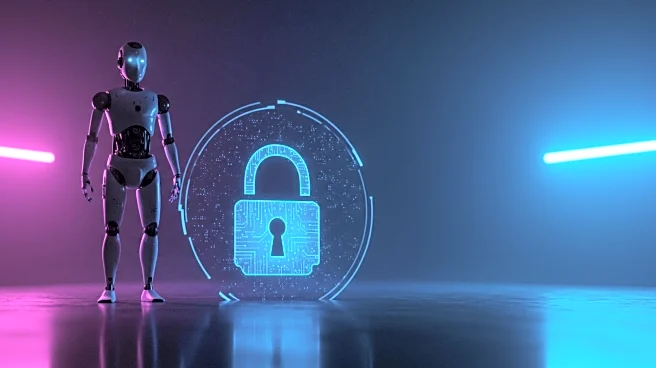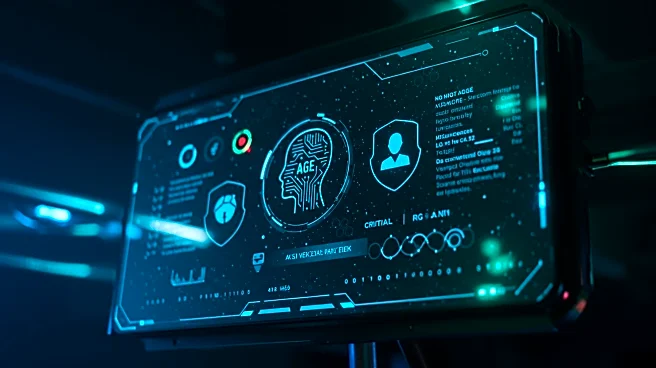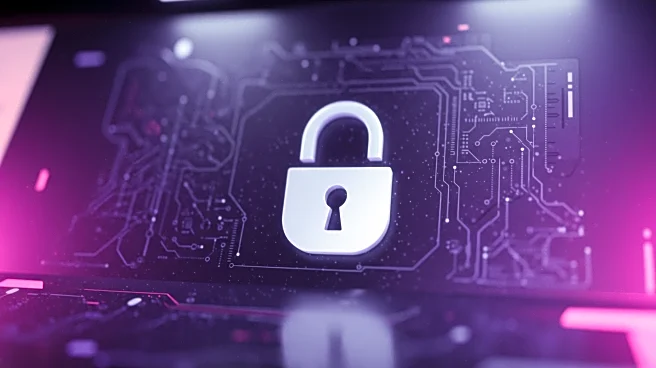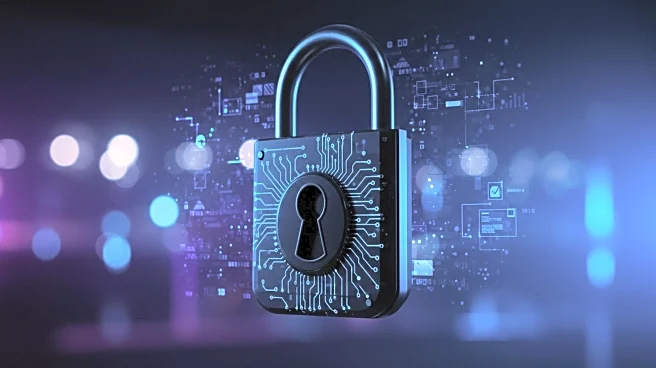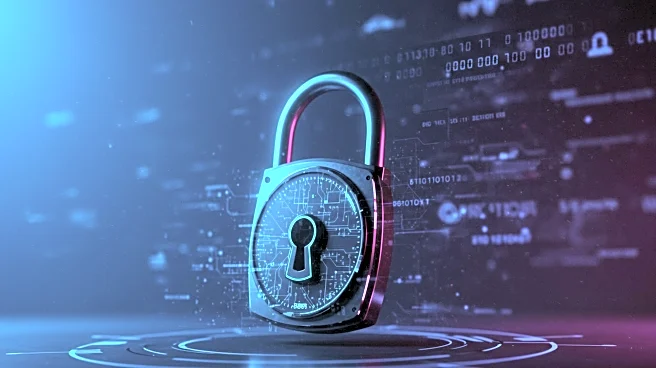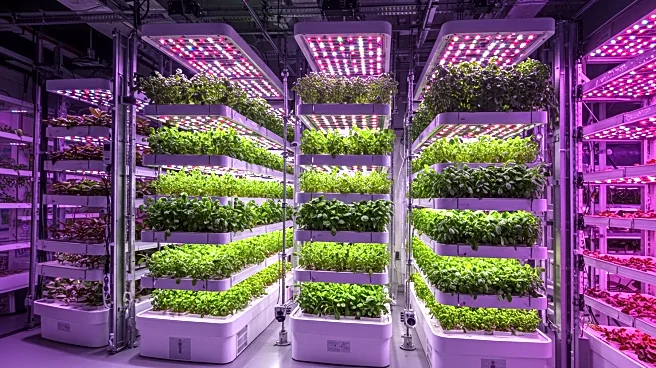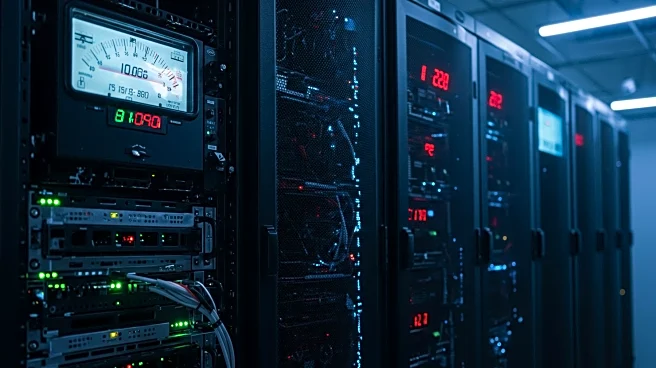What's Happening?
YouTube has launched a new AI-driven age verification system in the United States, designed to automatically impose restrictions on accounts if the user is determined to be under 18 years old. This system, referred to as an 'age-estimation model,' uses artificial intelligence to infer a user's age based on account activity and longevity, rather than relying solely on the birthdate provided in the account. If the AI estimates that a user is under 18, YouTube will apply various restrictions, such as showing only non-personalized ads, enabling digital wellbeing tools by default, and blocking access to age-restricted content. Users who believe the AI has incorrectly assessed their age can verify their age through government ID, a selfie, or a credit card. Initially, this program will target a small group of users in the U.S. to ensure age-appropriate experiences.
Why It's Important?
The implementation of this AI age verification system is significant as it represents YouTube's ongoing efforts to enhance safety and privacy for younger users on its platform. By using AI to infer age, YouTube aims to provide a more secure online environment for teenagers, potentially reducing exposure to inappropriate content. This move could set a precedent for other digital platforms to adopt similar measures, impacting how age verification is handled across the internet. However, the requirement for users to verify their age through personal identification raises concerns about data privacy and the risk of identity theft, which could lead to pushback from users and privacy advocates.
What's Next?
As the program rolls out, YouTube may face scrutiny from privacy advocates and users concerned about data security. The company will need to address these concerns and ensure that the age verification process is secure and transparent. Additionally, YouTube may expand the program to include more users and possibly other regions, depending on the initial feedback and effectiveness of the system. The success of this initiative could influence other tech companies to implement similar age verification technologies.
